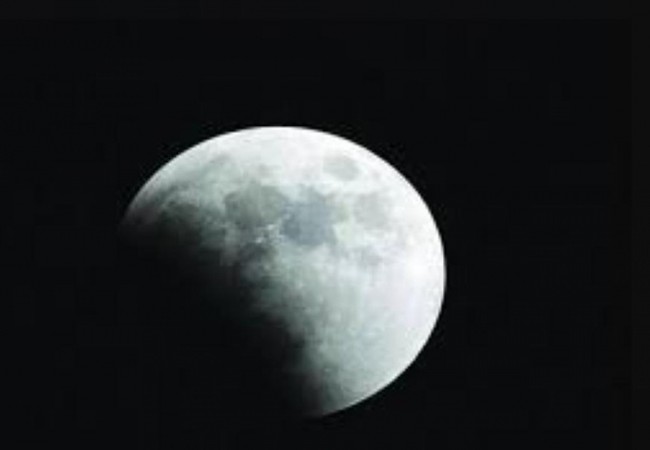الخسوف الجزئي للقمر 16-17 يوليو/ تموز... هل ستراه المنطقة العربية؟

طقس العرب- سيشهد العالم الليلة 16-17 تموز/ يوليو، خسوفًا جزئيًا للقمر، يُعتبر الأخير للعام الجاري 2019، ولكن هل يمكن مشاهدته في المنطقة العربية؟
ما هي المناطق التي سيُرى فيها الخسوف الجزئي للقمر 16-17 يوليو/تموز 2019؟
يمكن رؤية الخسوف الجزئي الليلة في كل من: المنطقة العربية وأجزاء من آسيا وأستراليا وأوروبا وأمريكا الجنوبية والمحيط الهادئ والمحيط الأطلسي والمحيط الهندي وأنتاركتيكا وإفريقيا وجنوب / شرق أمريكا الشمالية.
متى يبدأ الخسوف ومتى ينتهي، وكم المدة التي سيستغرقها؟
سيبدأ الخسوف الجزئي للقمر الساعة 20:01:43 بتوقيت غرينتش (الساعة 11:01:43 بتوقيت عمان)، وتكون ساعة ذروة الخسوف 21:30:44 بتوقيت غرينتش (الساعة 12:30:44 صباحًا بتوقيت الأردن).
وينتهي الخسوف الساعة 22:59:39 بتوقيت غرينتش (الساعة 01:59:39 صباحًا بتوقيت عمان)، و سيحجب ظل الأرض 65% تقريباً من قرص القمر.
وتستغرق جميع مراحل الخسوف منذ بدايته وحتى نهايته 5 ساعات 38 دقيقة تقريبًا، ويستغرق الخسوف من بداية الخسوف الجزئي الأول حتى نهاية الخسوف الجزئي الثاني مدة قدرها ساعتين و59 دقيقة تقريبا، وهي المدة، التي يمكن رؤيتها بالعين المجردة.
هل النظر إلى خسوف القمر الجزئي 16-17 يوليو/تموز 2019 آمن أم يؤذي العينين؟
Browse on the official website
